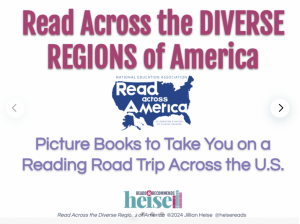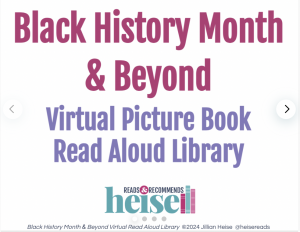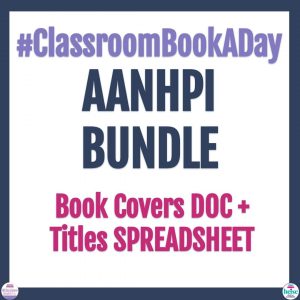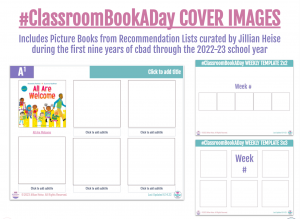With as much as I share about #classroombookaday and recommend picture books, there is a question I get often that I want to process in this post. Variations on where is the list for __ grade?
When I see requests for picture books that “work” or are “for” intermediate/middle grades, I worry that as educators we’re putting too much focus on amount of text & numerical complexity considerations. I read a few hundred new picture books each year, and I can tell you that the thought complexity that can be done with these books far outweighs what the industry age recommendation might say. Some of the deepest themes and impacts I’ve seen with kids in relation to books have come from picture books. Often with limited text in the book.
The complexity of a book has three components to consider: Quantitative text “level” (which I put the least focus on), ALONG WITH Qualitative factors based on content and themes and topics, AND what the Reader is asked to DO with the book.
So if we’re asking kids to consider theme, which can be a difficult concept for kids to grasp and teachers to teach, the text we’re using to help teach it becomes a more complex text than a quantitative number might indicate. When we ask kids to do complex thinking about a picture book that we have read aloud, we are equalizing access to that text through the read aloud and supporting students in being able to do some deeper thinking with consideration of theme. If we constantly do that with picture books that are text heavy and long, students will disengage & become demotivated. Some of the deepest conversations my students have had about books are when we read wordless picture books together and had to determine the story from illustrations and analyze for theme. They need many chances to practice and scaffold skills, and if I’m using daily picture book read alouds to accomplish this, my kids get 15 chances to do this in three weeks, whereas if I were reading aloud a novel in that time, they’d only get one chance at the end to practice it. And as we’ve built the skill through practice with these picture books, it becomes a transferable skill to the chapter books and novels they choose to read on their own.
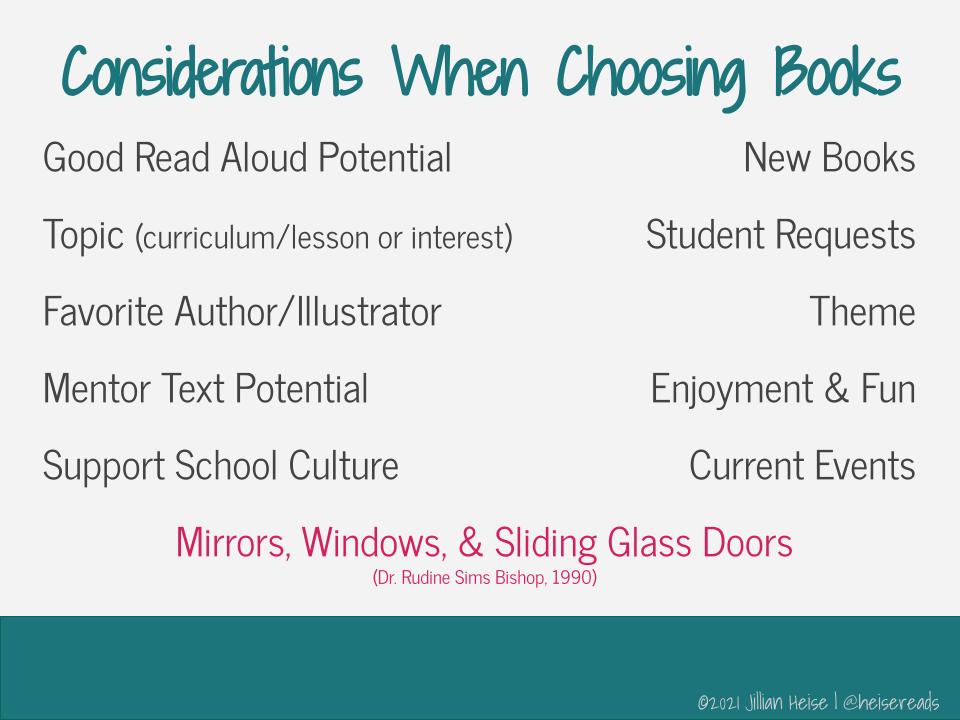
Some of my 7th & 8th graders’ favorite #classroombookaday read alouds were ones I worried they might think were too young, like To the Sea & Be a Friend. Yet, middleaschoolers ended up naming them as some of their favorites of the year. Don’t worry – kids will tell you if they think a book you chose is too young! And IT IS OK for books not to work as you feel out your class dynamics when you start #classroombookaday!! There is growth happening when students have to articulate and defend why a book didn’t work for them, and it creates a valuable formative assessment opportunity for the teacher.
For many students, reading is often work, so having time to sit and enjoy a picture book that they don’t have to work at, and just for the enjoyment of it, can make a big difference in their attitudes toward reading & engagement in the read alouds. The work can come later when revisiting the text. Don’t feel pressured to have books “for” older grades – just pick some picture books, share them with kids, and see what happens – your class will help you to feel out what is right for that group that year.
If you’re feeling unsure of where to even start looking for picture books for any grade, visit classroombookaday.com & you’ll find links to many recommendation posts I’ve shared. And watch the blog for more lists of themed recommendations coming soon!
TL;DR: ANY picture book works for older students!! Picture book is a format, not an age designation. Thank you for coming to my TEDtalk.
x




















